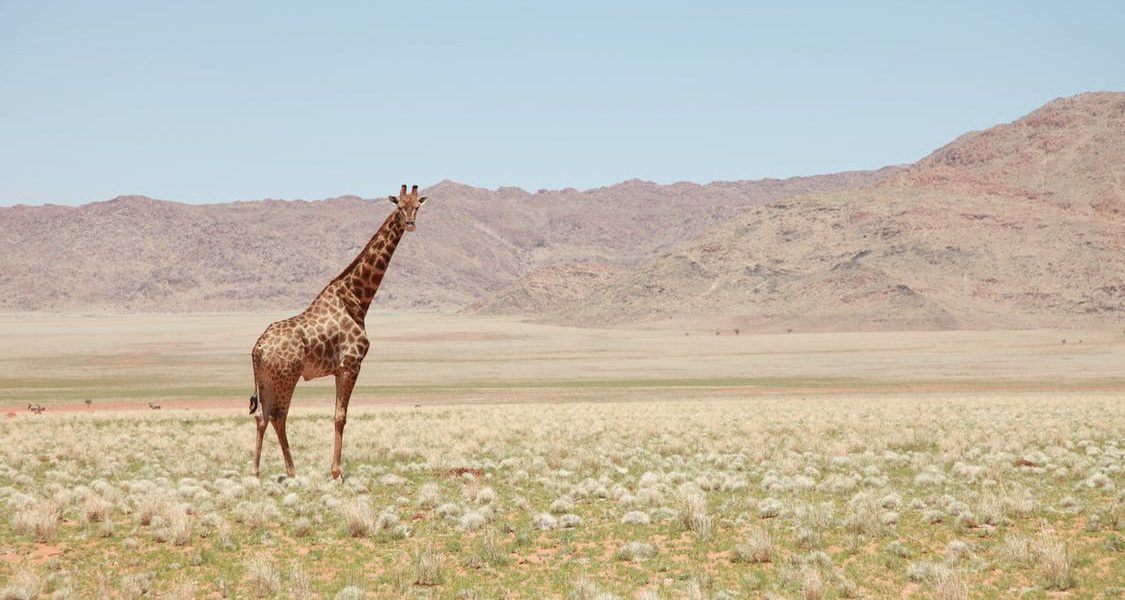Sarah Raubenheimer, Rhodes University and Brad Ripley, Rhodes University
Africa has larger expanses of savannas than any other continent. These ecosystems – mainly grasses and some widely spaced trees – support the continent’s wildlife and livestock, and provide many other ecosystem services, such as nutrient cycling, water balance, and climate regulation.
Key to the healthy functioning of savannas is a continuous grass layer, which many animal species depend on for habitat and food. Savanna grasses also carry regular fires that maintain the open, well-lit environment. Otherwise it becomes dominated by shrubs and trees, a phenomenon that we refer to as woody encroachment.
The establishment, growth and survival of savanna trees are affected by browsing animals, fire, and the availability of water and nutrients. Changes in any of these factors can lead to an imbalance between trees and grasses and ultimately to woody encroachment. For example, African savanna are estimated to have experienced increases in woody cover of around 2.5% per decade, with these shifts being most substantial in systems dominated by grazing herbivores.
When savannas become dense bushlands, they become less suitable for wildlife and domestic grazers and lose many of the plant and animal species that are adapted to open, sunny conditions. Because the grasses are shaded out, fires can no longer spread. It then becomes impractical and expensive to reduce tree cover and restore the grasses. This is an issue that many livestock and crop farmers are struggling with.
But how exactly do all these elements work together? Why do trees start to dominate in one area and not another? Our recent research has provided new insight into the reasons for this.
We found that higher concentrations of carbon dioxide in the atmosphere stimulates tree growth but healthy grasslands and regular browsing by animals cancels out this effect. When trees are browsed by animals and grass is burnt regularly, savannas can be kept in balance.
Carbon, grazing, fire and browsing
Carbon dioxide (CO₂) is an important resource needed for photosynthesis. Its low availability in the atmosphere has been a limiting factor to plant growth for millennia. Before the industrial revolution, the Earth’s atmosphere had 280 parts per million of CO2. It’s now over 400 parts per million and still rising, predicted to reach about 800 parts per million by the turn of the century.
This CO2 “fertilisation” effect can greatly increase plant growth. It has been put forward as part of the reason for woody encroachment in savannas. The high concentration of CO2 in the atmosphere also increases stored carbon reserves in savanna trees, which allows them to recover faster after disturbance.
CO2 concentrations are the same everywhere, so one might expect tree cover to increase uniformly across landscapes. But there is great variation in where woody encroachment occurs, and at what rate. Clearly, other factors come into play to determine where trees become dominant.
Grassland scientists and livestock farmers have long observed that heavy grazing can lead to more woody encroachment. Ecologists have explained this by two mechanisms: grazing leading to less competition from grasses, allowing trees to grow faster; and fewer fires to stunt trees, because the grass is kept short.
In contrast, browsing (the consumption of tree material by herbivores ranging from goats to elephants) can prevent or slow down woody encroachment.
Many farmers, however, are starting to doubt that managing grazing can counteract the effects of rising CO2. They have watched woody encroachment accelerate while their land management has not changed significantly. For example, fire experiment plots in Kruger National Park and in the Eastern Cape show this.
New answers to an old problem
Our research looked at the interactions of all these factors on the growth of tree seedlings. To do this we planted acacia seedlings with and without grasses, under different water conditions, and simulated browsing. We grew tree seedlings exposed to these different treatment combinations under ambient and elevated CO2.
Seedlings were used as our model because success during this life stage determines how many individuals establish into adult trees and thus lead to increases in woody biomass. Our seedlings were grown in special open-top chambers at the Rhodes University Elevated CO2 Facility, Africa’s first large-scale CO2 plant research facility.
Like many previous studies, we found that elevated CO2 increased the growth of the tree seedlings when they weren’t competing with grasses and weren’t disturbed as they would naturally be by fire or browsing.
But what our findings added was that the effect of high CO2 on seedling growth was completely negated when the seedlings were disturbed and when they were competing with grasses for rooting space.
This can explain why elevated CO2 has varying effects on woody encroachment in different places. It also provides some opportunities for land managers.
Land management
While elevated CO2 makes woody encroachment more likely, managing grazing to ensure a healthy grass layer can help to reduce this. Regular burning and reintroducing browsing herbivores may also help control the threat that trees can pose to the savanna.
These recommendations echo those of grassland scientists over the years. In a world of increasing atmospheric CO2, the basic rules of the game remain the same.![]()
Sarah Raubenheimer, Instrument Scientist / Researcher, Rhodes University and Brad Ripley, Professor, Department of Botany, Rhodes University
This article is republished from The Conversation under a Creative Commons license. Read the original article.

